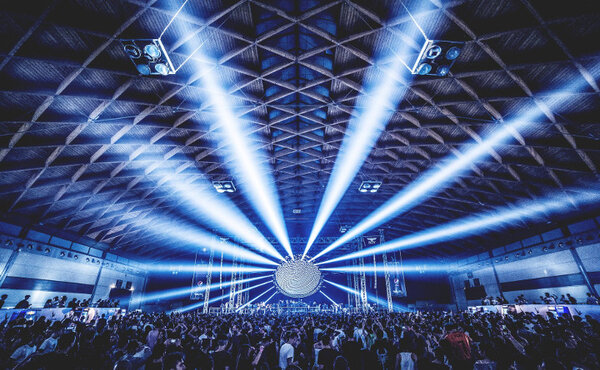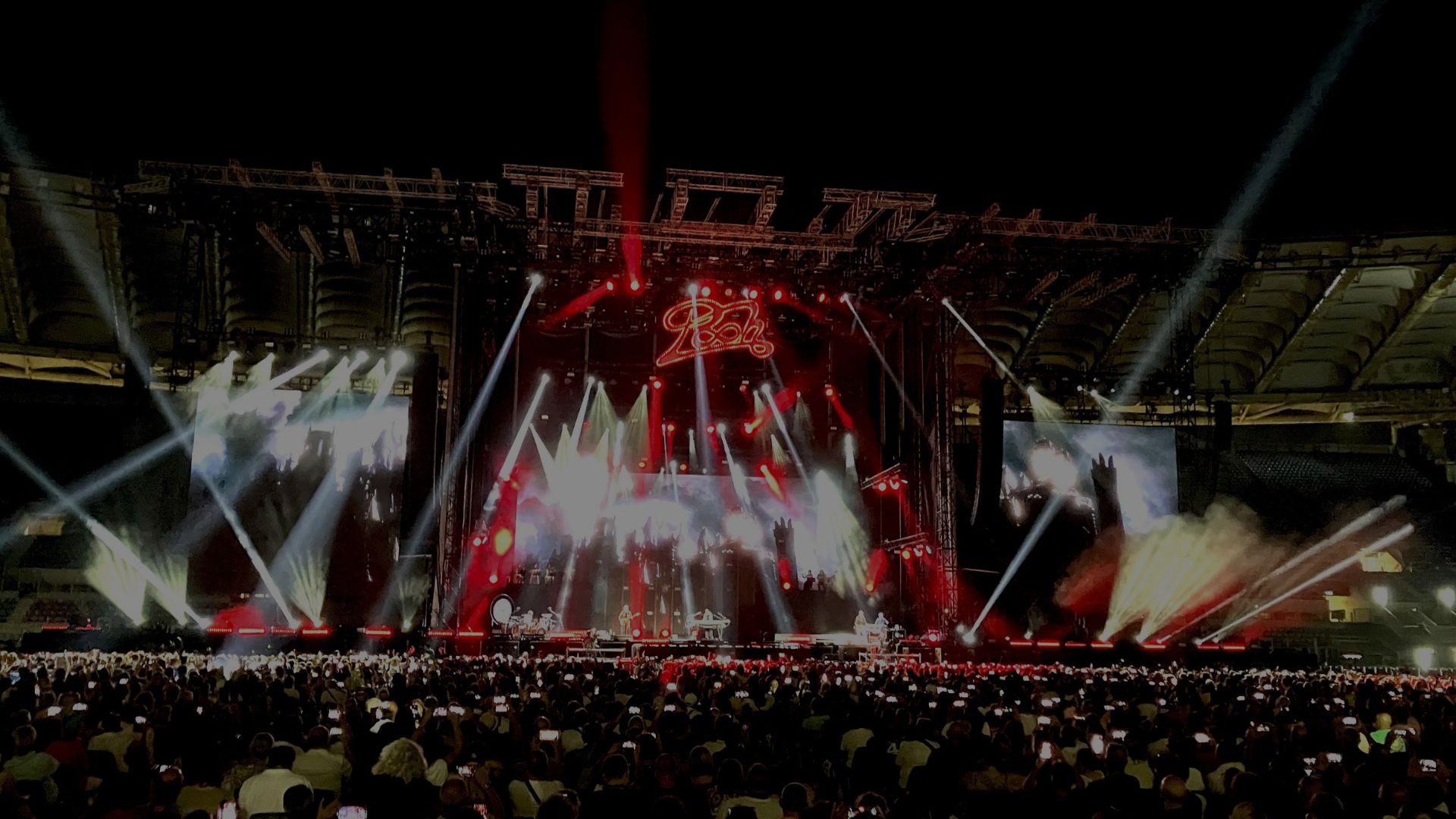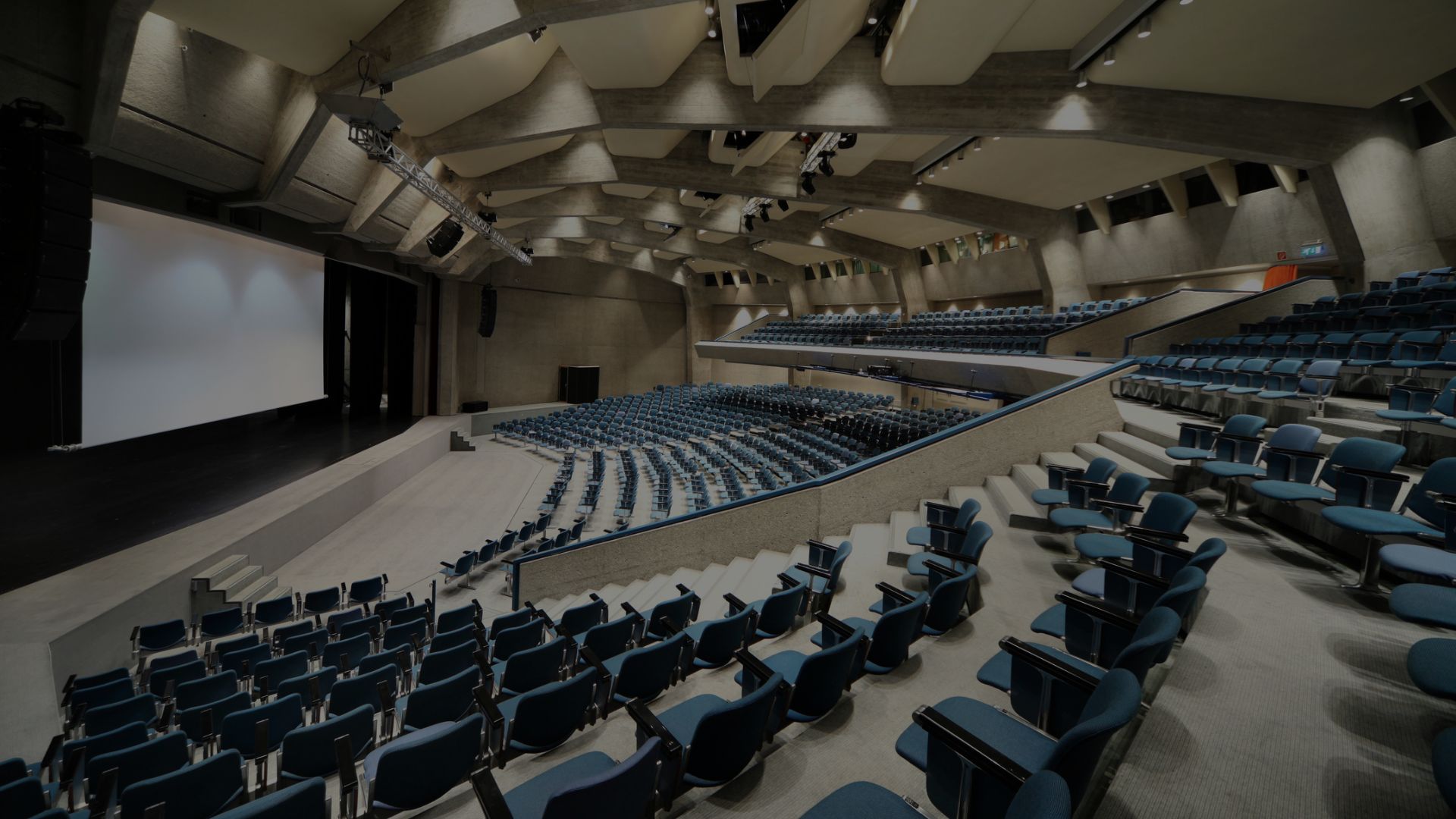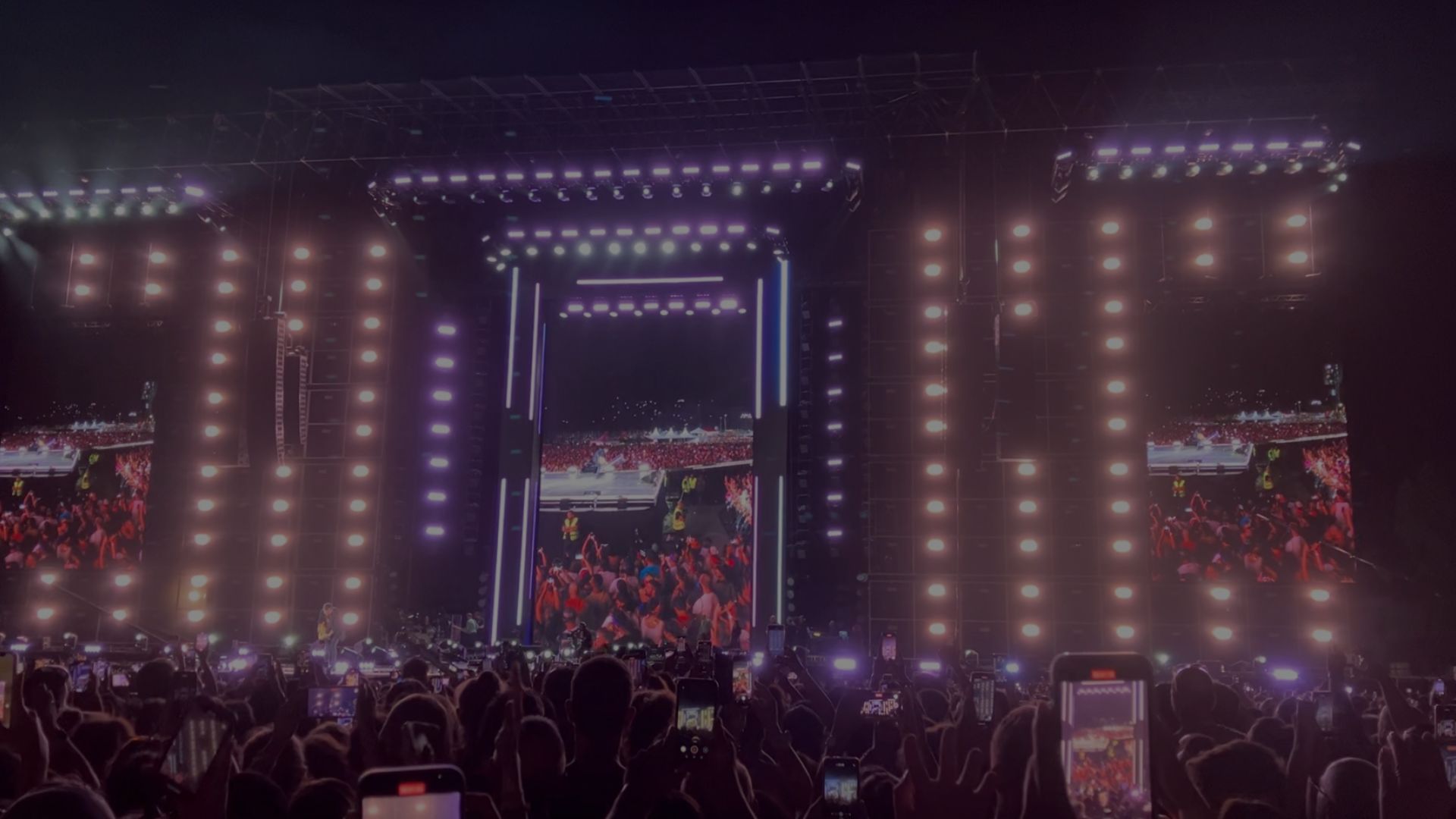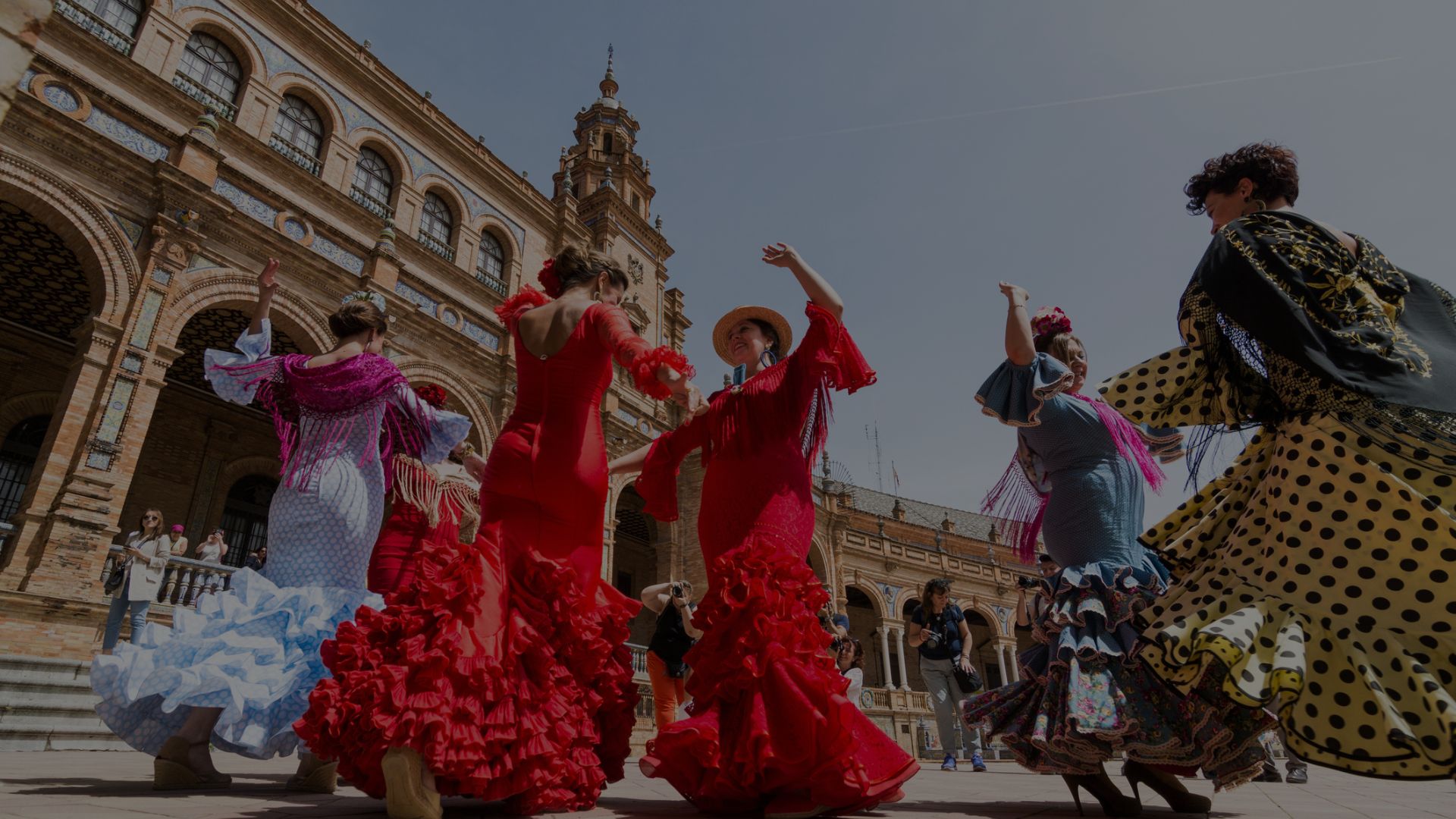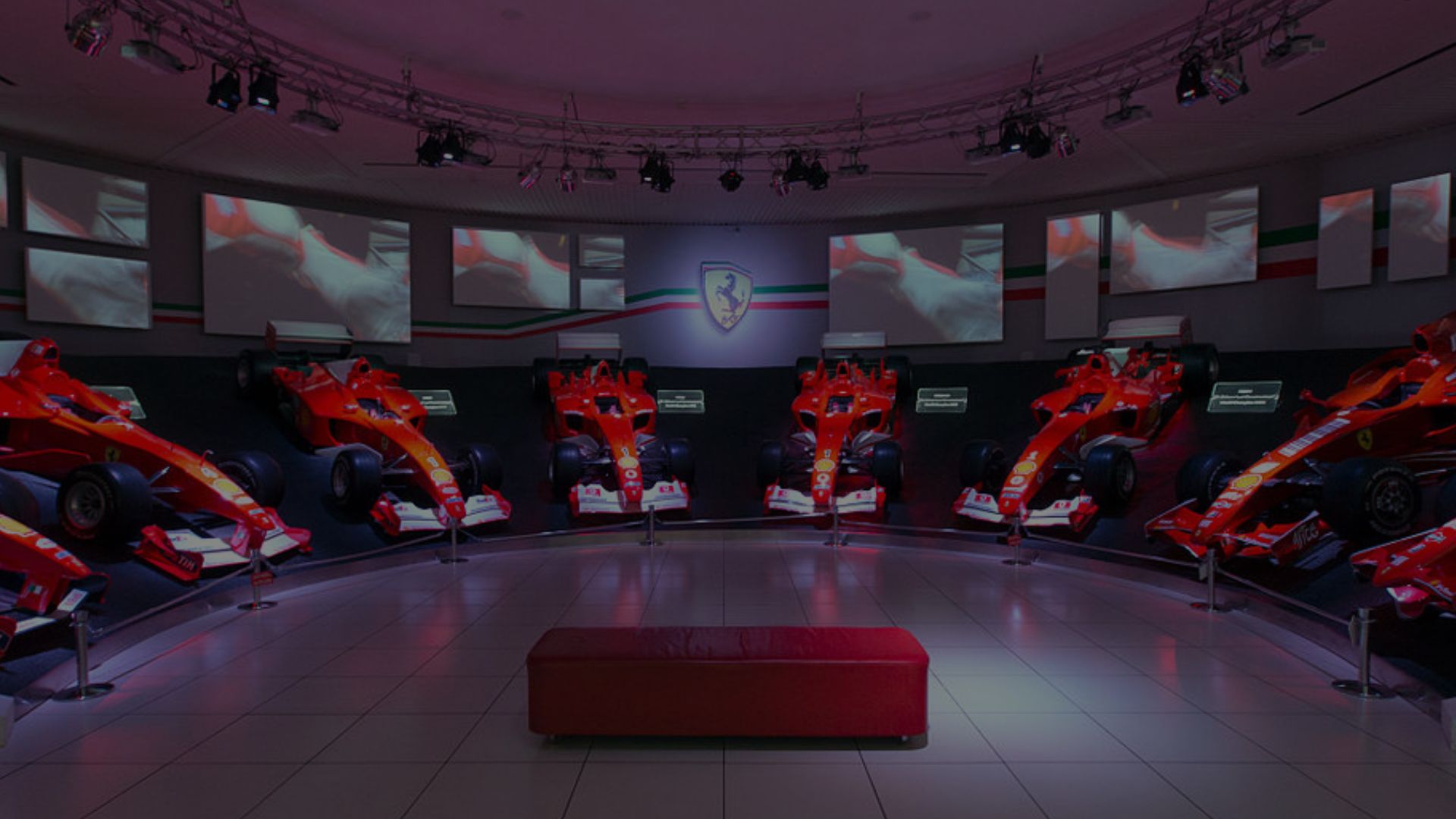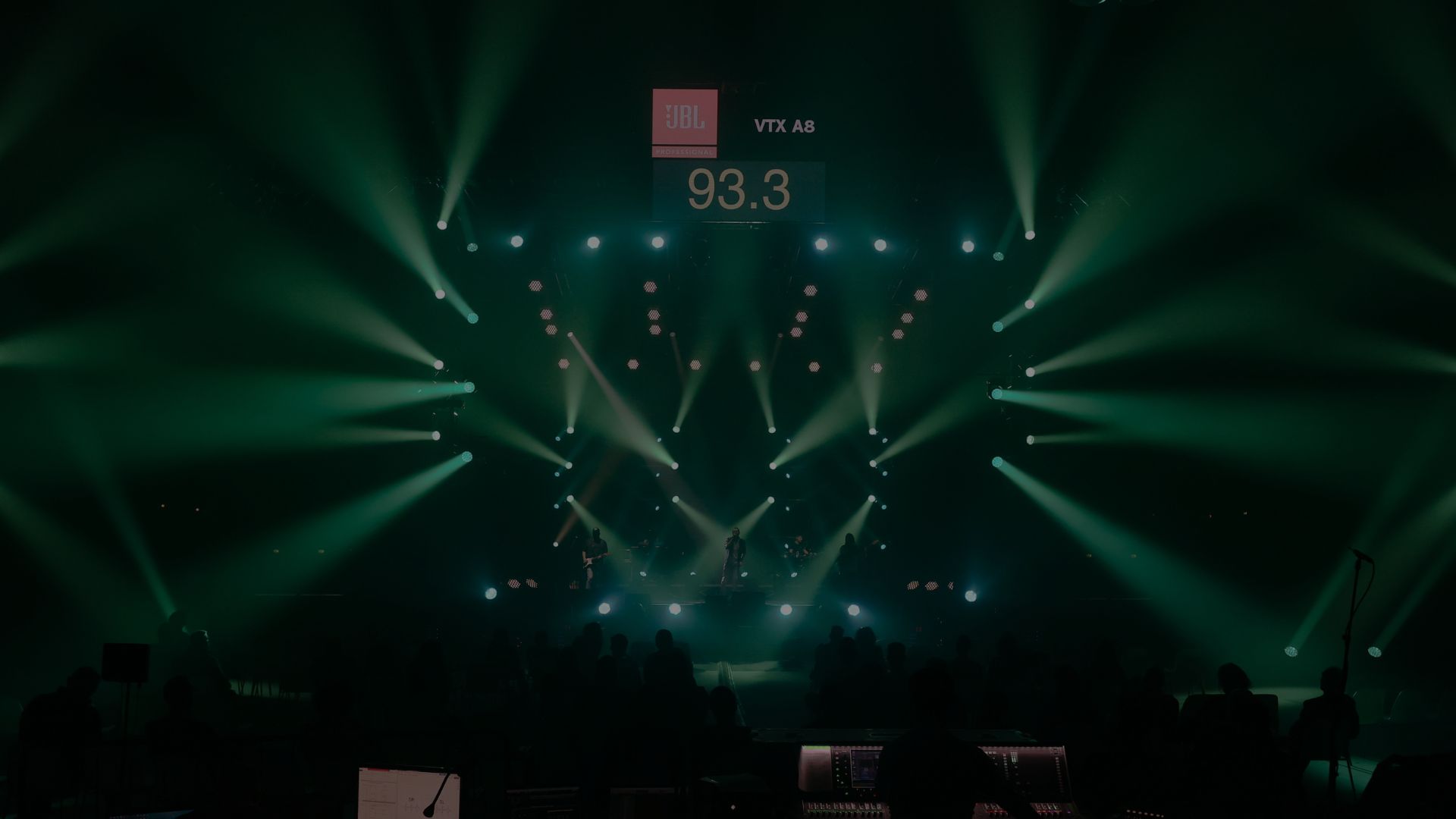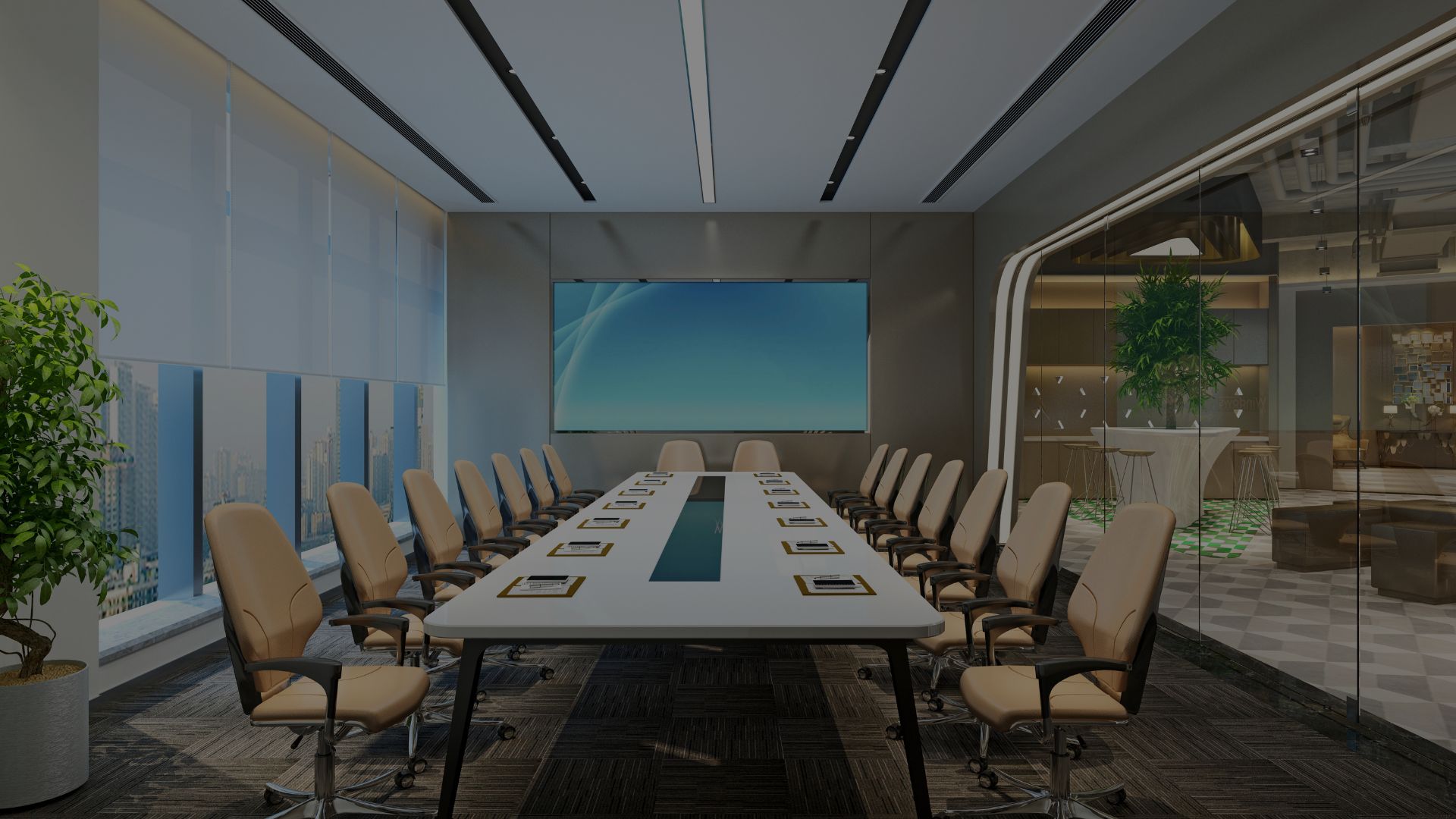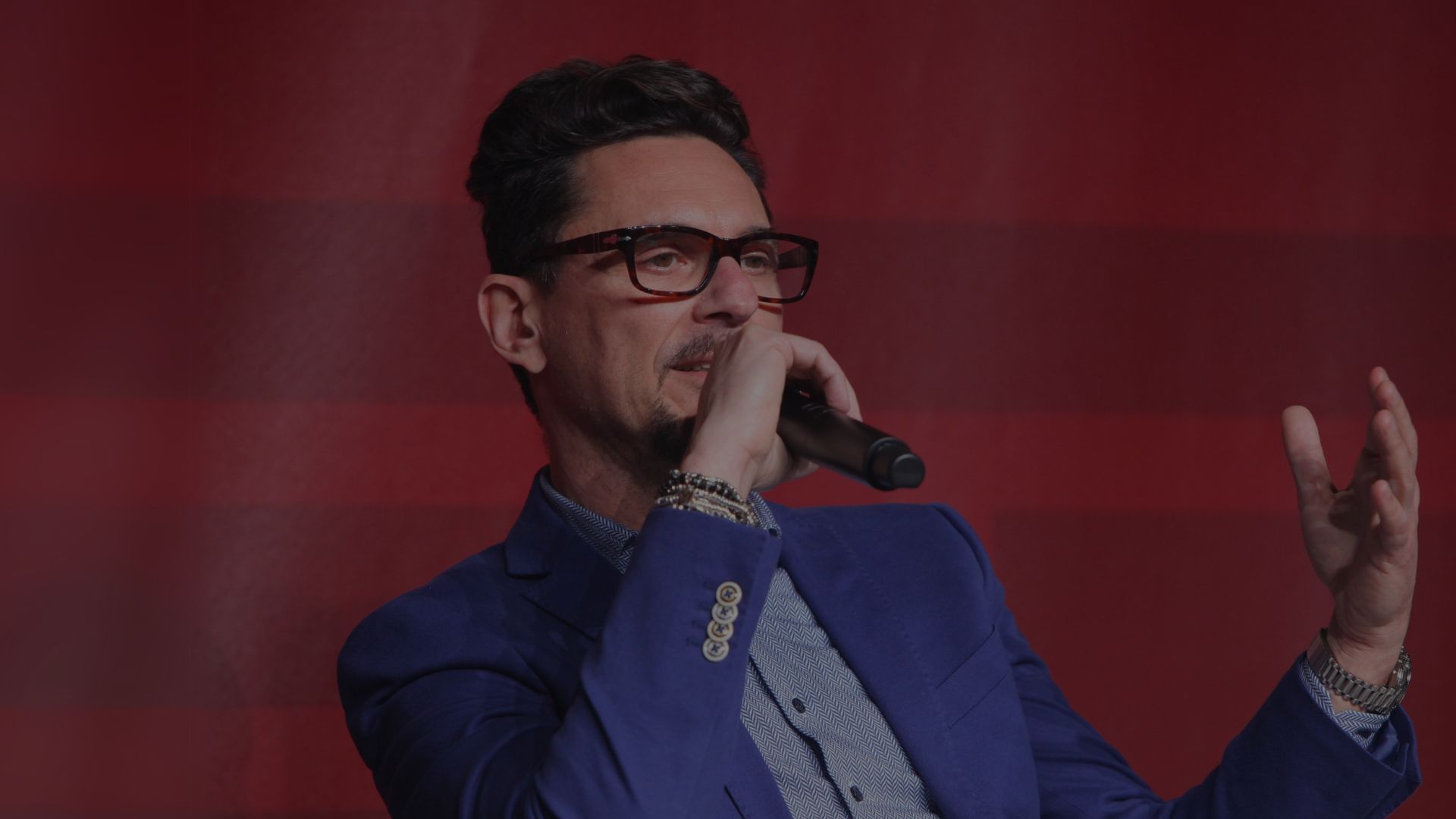In the world of entertainment, lighting plays a key role in creating atmosphere, enhancing emotions, and highlighting performances. Behind every magical lighting setup is a highly specialized professional: the Lighting Designer, the person who defines how the audience perceives a live performance, deciding what to illuminate—and what to leave in the shadows.
Are all lighting designers the same?
There are different types of Lighting Designers, depending on the field in which they operate. Their skills and areas of expertise adapt to the artistic and technical needs of each context. Broadly speaking, Lighting Designers work in theater, live events, architecture, and film and television production. Each sector demands specific knowledge of lighting techniques, materials, and technologies, along with a deep understanding of artistic dynamics and visual communication requirements.
Lighting in theater
The theatrical Lighting Designer works closely with directors, set designers, and costume designers to create visual atmospheres that support storytelling and enhance the emotional impact of the performance. Through the creative use of light, color, shadow, and projection, they help define characters, highlight key moments, and guide the audience's gaze.
Lighting design in theater differs based on whether the show takes place indoors or outdoors, which impacts fixture types, intensity, and overall setup.
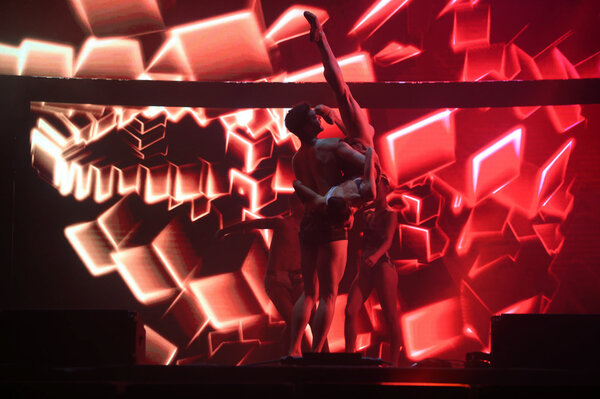
Lighting for live events
Lighting Designers are also essential for live events, such as concerts, music festivals, corporate events, and conferences. Here, they collaborate with producers, sound engineers, and performers to create synchronized light shows that match the music and on-stage action.
Lighting for indoor shows involves tailored setups with specific fixtures, while outdoor concerts require amplified solutions. With modern waterproof gear, long tours become more resilient to unpredictable weather conditions.
The range of visual effects that can be created is nearly endless. To explore the possibilities, check out our interview with Jo Campana, one of Italy’s top Lighting and Show Designers.
Light and architecture
Lighting Designers also have a vital role in architecture, where light goes beyond function to shape the aesthetic and sensory experience of a space.
An architectural Lighting Designer:
-
Works with architects and engineers to highlight the unique features of a building.
-
Shapes buildings with light and shadow while prioritizing energy efficiency and sustainability.
-
Designs lighting for both interiors (homes, offices, museums) and exteriors (public spaces, bridges, monuments).
They must tailor their work to suit different needs—museum lighting, for example, demands a different approach than office or street lighting.
How to become a lighting designer
Above all, a Lighting Designer needs passion—the kind that teaches you to observe the object to be lit before turning on a single light. This sharp eye allows for strategic planning of fixture placement to achieve the desired effect.
There isn’t a single defined path to enter the profession. In Italy, lighting design training is limited, often included as modules within Architecture or Design degree programs. Other options include:
-
Fine arts academies
-
Music conservatories
-
Specialized schools in the entertainment sector
These programs typically cover lighting technologies, spatial design, and system management.
Renowned italian lighting designers
Italy is home to many internationally respected Lighting Designers, including:
-
Vinicio Cheli – A pioneer in Italian lighting design, known for his work in theaters and dance companies.
-
Valerio Tiberi – Acclaimed for his innovative, spectacular designs, with a global portfolio and multiple awards.
-
Marco Filibeck – Resident Lighting Designer at Teatro alla Scala since 2009, with a long history of prestigious opera productions.
-
Giovanni Pinna – A veteran LD known for seamlessly moving between live entertainment and high fashion shows. His credits include tours with Vasco Rossi, Tiziano Ferro, Antonello Venditti, and Emma Marrone.
Lighting Designers are visual storytellers. Whether it’s a concert, a theater production, or a historic building, their lights create immersive, emotional experiences that words alone could never achieve.
Advice for aspiring lighting designers?
We asked Giovanni Pinna directly—here’s what he shared.
PUBLICATION
05/09/2024
luci professioni

